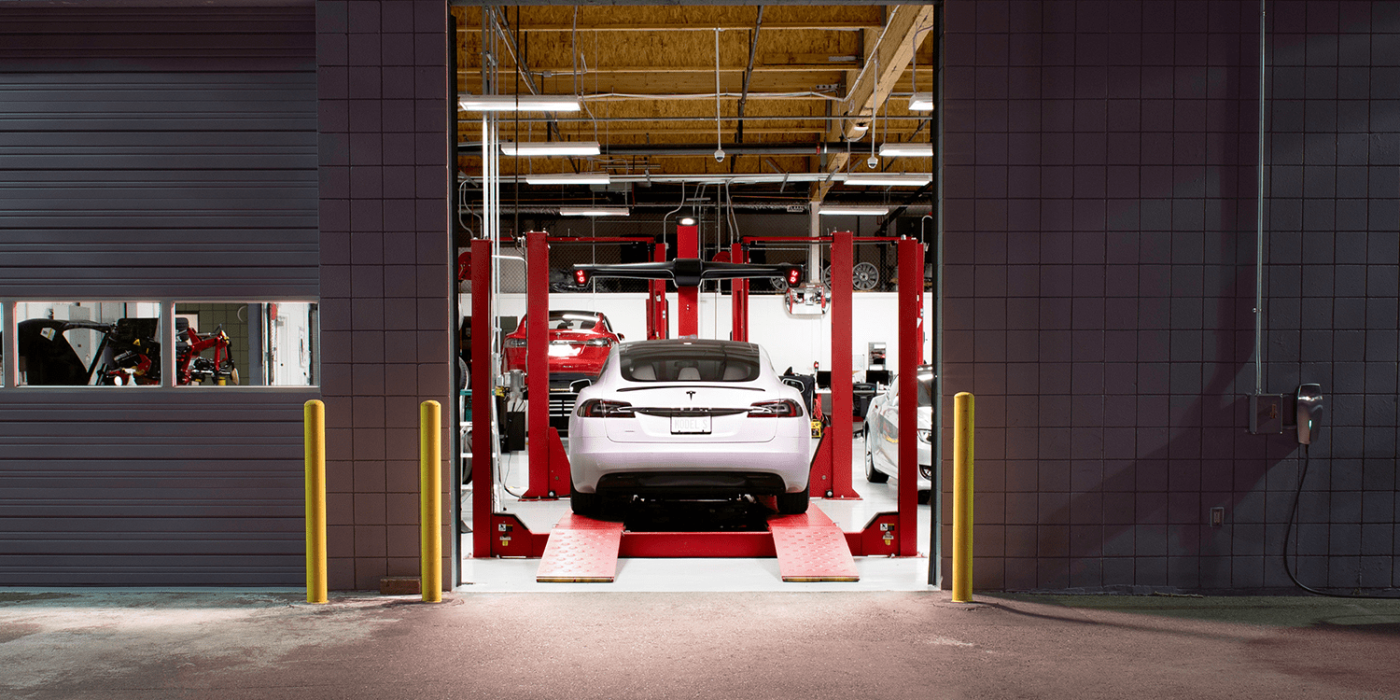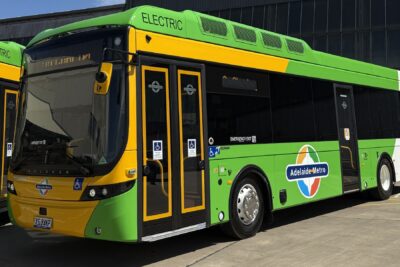Tesla rumoured to have found second LFP supplier
The Chinese battery manufacturer EVE Energy could become Tesla’s second supplier of LFP cells after CATL. According to a media report, talks between Tesla and EVE Energy are already at an advanced stage.
Reportedly, the talks are to be concluded in the third quarter of 2021. The talks are said to be about supplying the Gigafactory Shanghai. As one of the referenced insiders stated, EVE is already in the final stages of product testing for Tesla.
Neither Tesla nor EVE Energy responded to queries for comment. EVE Energy specialises in the development and production of LFP cells.
During Battery Day in September 2020, Tesla CEO Elon Musk announced his intention to focus more on LFP batteries. This primarily concerns the ‘Standard Range’ models, in which the robust lithium iron phosphate batteries are to be used. Although LFP batteries have a lower energy density and a shorter range for the same battery dimensions, they are significantly cheaper because they use iron instead of more expensive materials such as nickel, manganese, or cobalt.
For the ‘Long Range’ or ‘Performance’ variants, NMC batteries will continue to be installed, but with a decreasing cobalt content. Depending on the model’s design, cathodes with a high nickel or manganese content will be used. Since demand for nickel is rising much faster than mining capacities, supply bottlenecks and rising prices could limit the production of volume models – hence the focus on LFP cells for standard range vehicles.
But even LFP cells are not spared from price increases: at the weekend, Tesla raised the entry price for the Model 3 Standard Range in China (with LFP cells from CATL) by 1,000 yuan (128 euros) to 250,900 yuan – according to Reuters, the step was justified by cost fluctuations.
Last year, some Chinese-made Model 3 Standard Range+ vehicles were also delivered in Europe. While the vehicles themselves were convincing with their high-quality workmanship, there were numerous reports of poorer charging performance (especially in cold weather) and some stalled vehicles where the vehicle switched off despite remaining charge. Shortly afterwards, Tesla released a software update that optimised battery management.





0 Comments